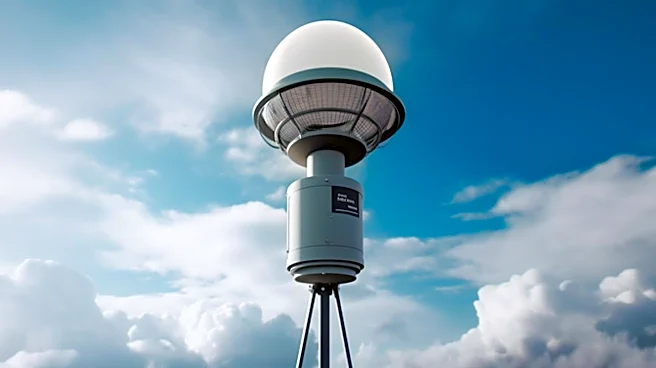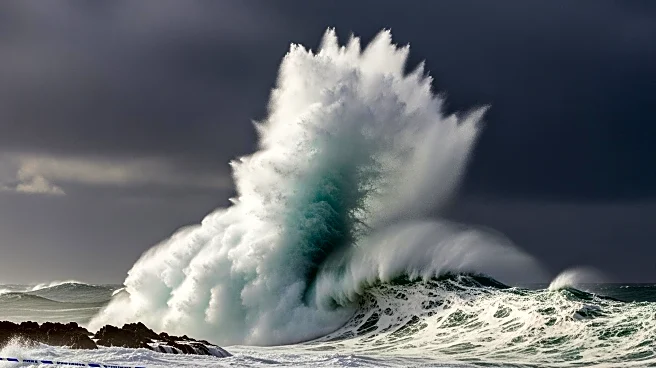What's Happening?
A recent article highlights how individuals can become amateur meteorologists using basic tools and a foundational understanding of weather science. Experts John Huth from Harvard University and Steve
Seman from Penn State University provide guidance on how to start observing and predicting weather patterns. They emphasize the importance of understanding key weather variables such as temperature, atmospheric pressure, cloud formation, wind, humidity, and precipitation. By learning these fundamentals, individuals can begin to interpret how air moves in the atmosphere, which is crucial for weather forecasting. The article also suggests building a toolkit with instruments like thermometers, barometers, and rain gauges, which can be either purchased or homemade.
Why It's Important?
Understanding weather patterns is crucial for daily decision-making, from choosing appropriate clothing to planning outdoor activities. By becoming more knowledgeable about meteorology, individuals can make informed decisions based on their own observations and forecasts. This skill is particularly valuable in areas prone to sudden weather changes. Additionally, engaging in amateur meteorology can foster a deeper appreciation for environmental science and encourage community engagement through local weather clubs or online forums. The ability to interpret weather data can also enhance one's understanding of official forecasts, leading to better preparedness for extreme weather events.
What's Next?
For those interested in pursuing amateur meteorology, the next steps involve practicing data collection and interpretation. Engaging with other weather enthusiasts through forums or clubs can provide support and additional learning opportunities. As individuals become more proficient, they may choose to invest in more advanced weather stations to enhance their forecasting capabilities. Continued practice and learning will help amateur meteorologists refine their skills and contribute to their communities by sharing weather insights.
Beyond the Headlines
The rise of amateur meteorology reflects a broader trend of individuals seeking to understand and engage with their environment. This movement can lead to increased public awareness of climate issues and inspire grassroots efforts to address environmental challenges. Moreover, as more people become weather-savvy, there may be a greater demand for educational resources and community programs focused on meteorology and environmental science.












